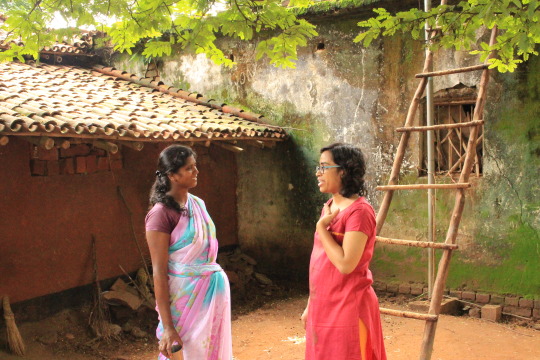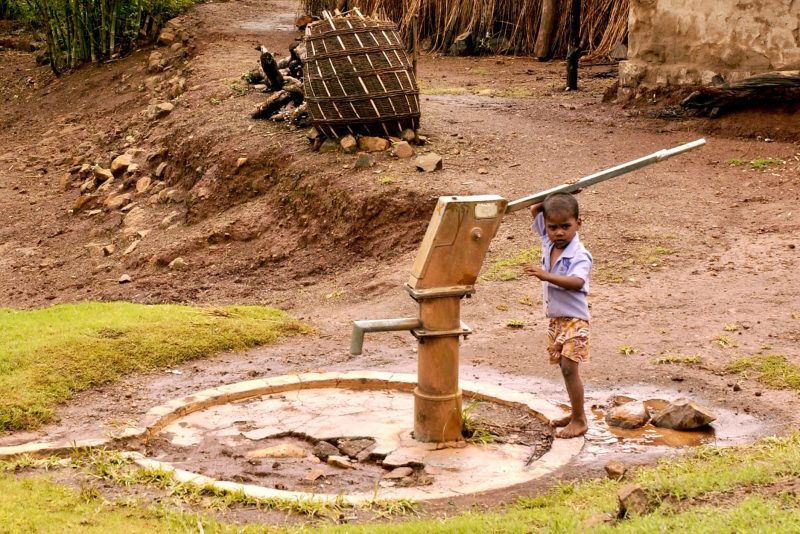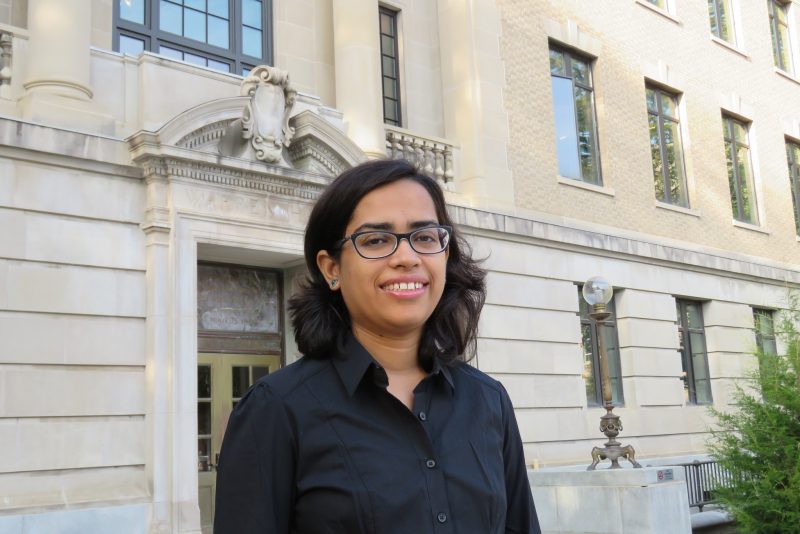Is my time the same as your time? A note on the concept of time in Indian villages

Many of us conducting research in development economics deal with different types of data sets for our analysis. We generally have two options for empirical research in development economics: either we can use available secondary data sources, or we can go and collect primary data ourselves.
There are many advantages of collecting primary data. It allows us to design the survey in a way that we can collect information on many variables of our interest that may not be available in secondary data; it allows us to be part of the data collection from the beginning till the end and we can control the quality of collected data; and it allows us to test the questionnaire, do pilot surveys and make corrections based on the responses received from the field. Therefore, I believe that if we get a chance to do primary data collection via fieldwork, it is a unique opportunity with tremendous benefits. But at the same time, it is a challenging task. Primary data collection can sometimes be difficult because often the survey population behaves differently than our expectations. Often there are no clear-cut solutions for the problems arising during data collection and we must think of creative ways of bypassing them.
I spent the last 18 months conducting fieldwork in remote villages of Jharkhand state in India. My field surveys were focused on household drinking water choices, water borne disease, behavioral patterns around household water use, and time use patterns of women in these villages. One of the instances where we found the respondents behaving differently than our expectations was when we asked them questions related to time. [Note: All survey respondents were women between the age of 18 to 49.]
For example, one of the questions in the survey relates to the occurrence of a water borne disease in the family in the last two weeks. When we started asking this question, we soon realized that it is very difficult for them to pinpoint in their mind the period that entails two weeks back from the date of interview. In the daily lives of these women, they do not use calendars, wear watches or look at time on mobile phones during the day. There is nothing in their daily routine that might make an impression of the time spent in the past, whether it is two weeks before or even one week before today. However, if we relate this “two weeks ago” time window with any cultural activity or festival that might have happened in that village, then it becomes a little bit easier for the respondent to imagine in her mind the time window of last two weeks.
Another example relates to the time of the day when the respondent woman goes to fetch drinking water in the morning. If we just ask them the time they usually go to fetch drinking water, many of them cannot tell us the time when they do so. They will say that they wake up, attend to personal hygiene and then go and collect water but cannot tell with surety what time it was in the morning. It is true that to an extent we (as in people who are living in cities, using watches and mobile phones) also may not be able to tell our daily routine over a 24-hour time cycle with much accuracy, but most of us look at the time first thing when we wake up. We quantify the time at which we do things
─ using our watches, phones and laptops ─ in contrast to villagers who do not follow their schedule with clock time. To deal with this difference, we had to rephrase the survey question. We asked them to relate the most recent experience in their memory, we gave them many time options and we let them choose the one most closely associated to this activity in their mind.

Our enumerator (left) conducts interviews in the household setting in the village, meeting the woman respondent where she carries out her tasks of normal daily life. (Photo credit: Anjan Bara)
In the end, I learned there are two different concepts of time. The time that relates to recent activities and experiences and time that relates to activities in the past. It is easier to remember the time pertaining to the recent experiences. The more we go in the past, the more difficult it is to remember what happened or when it happened. For women in the villages of Jharkhand who are not going to school or colleges and are not doing any activities that require them to remember the time of the day, it is difficult to identify the time of the day when they did an activity. It is not that time is not important for them. In some sense, it is much more important as any time wasted has a higher opportunity cost for them. But in villages, time moves on a different scale.
The whole purpose of telling this story is to illustrate the point that certain concepts are different in the field than in theory. Engaging in fieldwork makes us understand that. During my fieldwork, I gained a completely new insight into the concept of time as visualized by women in villages of Jharkhand. This experience made me rephrase my questions, adapt the survey and data collection technique, and is also going to change the way I will analyze time use in my research.
By Shiuli Vanaja
Shiuli Vanaja is a fourth year Ph.D. candidate in the field of Applied Economics and Management at Cornell University. Her research focuses on economics of household water use in India.





